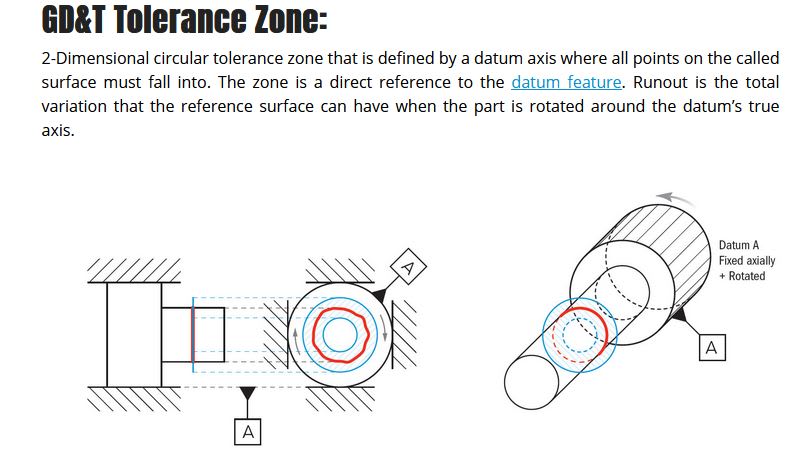sendithard
Industrial
I'm new, but have a decent grasp of gdt. Here are my roadblocks now. If you have a cylindrical part and one smaller OD lists simply a runout tolerance to the larger OD surface, what tells the inspecting individual where to check this part? They could check the best location and say pass, and 3 inches further away it's .020" off? Then I don't understand what A-B means vs when A and B are in their own square. Thanks so much.

